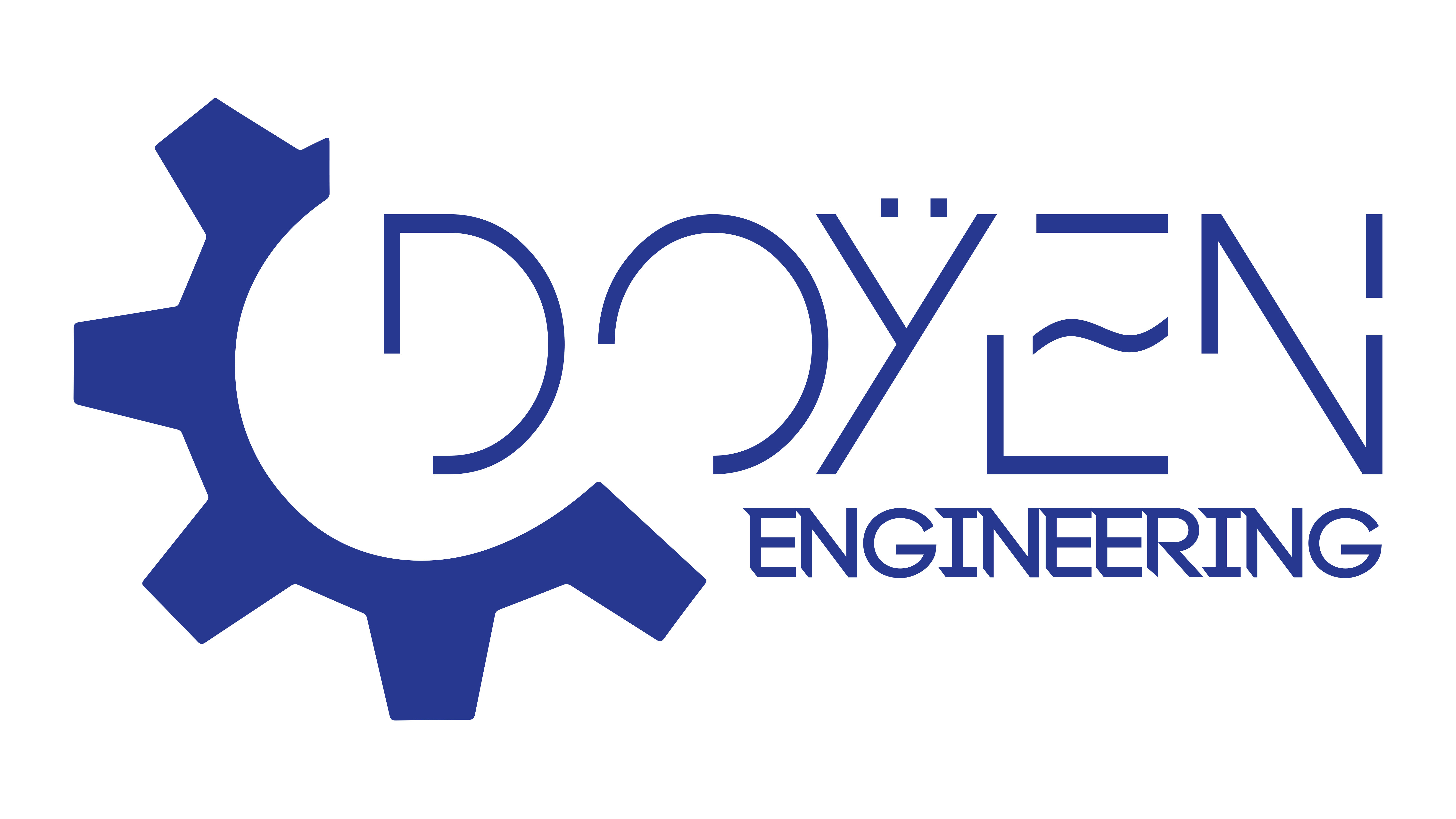
Introduction to Electrical Engineering Research
Importance of Research in Electrical Engineering
Research in electrical engineering is pivotal for several reasons. Firstly, it drives innovation that can improve everyday technology, from smartphones to renewable energy systems. For instance, advancements in power electronics have led to more efficient electric vehicles. Not to mention, research:
- Tackles industry challenges
- Fuels societal growth
- Promotes sustainability through energy-efficient designs
This constant quest for improvement enhances our quality of life and paves the way for future breakthroughs.
Overview of Research Methods
Exploring various research methods in electrical engineering equips researchers with the tools needed to address complex problems. Broadly, these methods can be categorized into:
- Theoretical Research: Developing models and simulations to predict performance and behavior.
- Experimental Research: Conducting practical experiments to gather data and validate theories.
- Computational Research: Utilizing software tools to analyze data and improve designs efficiently.
Each method plays a crucial role in guiding researchers to derive substantial insights in the field. By combining these techniques, electrical engineers can achieve a comprehensive understanding of their subject, further advancing technology and innovation.

Selecting a Research Topic in Electrical Engineering
Identifying Current Challenges in the Field
Once researchers have a solid understanding of electrical engineering, the next step is identifying current challenges in the field. These challenges can often stem from rapid technological advancements and societal needs, such as:
- Energy Efficiency: Finding ways to minimize energy loss in systems.
- Renewable Energy Integration: Creating grid systems that can efficiently incorporate solar and wind energy.
- Smart Technologies: Enhancing IoT devices for better connectivity and security.
These pressing issues present a wealth of opportunities for meaningful research that can lead to impactful solutions.
Narrowing Down Research Ideas
After recognizing potential challenges, the next task is to narrow down research ideas. A focused approach is essential to develop a comprehensive and impactful study. Here are some strategies to refine your topic:
- Literature Gaps: Explore existing research to find topics that haven't been thoroughly investigated.
- Personal Interests: Reflect on areas you are passionate about, as enthusiasm often leads to innovation.
- Feasibility: Consider the resources available to you, including tools, equipment, and time constraints.
By combining personal interest with current challenges, researchers can carve out a niche where their work can make a real difference in the evolving landscape of electrical engineering.

Conducting Literature Review in Electrical Engineering
Searching for Relevant Publications
Once researchers have narrowed down their topic, the next crucial step is to conduct a thorough literature review. This involves searching for relevant publications that provide insights into existing research and technological developments in electrical engineering. Here are effective strategies to find pertinent materials:
- Online Databases: Utilize platforms like IEEE Xplore, ScienceDirect, or Google Scholar for access to peer-reviewed articles.
- Conference Proceedings: Explore recent conferences in electrical engineering for cutting-edge research and networking opportunities.
- University Libraries: Don’t underestimate the power of your university library; many offer access to journals and publications that might not be available online.
Finding the right publications enriches your understanding and can inspire new angles for your research.
Analyzing Existing Research Findings
With a collection of relevant literature in hand, the next task is to analyze existing research findings critically. This means not just summarizing the content but recognizing patterns and gaps that inform your own work. Here are steps to consider:
- Identify Key Themes: Look for recurring topics or methodologies that may indicate trending areas of research.
- Evaluate Methodologies: Assess the effectiveness of research methods utilized by others to guide your own experimental design.
- Critique Results: Examine the conclusions drawn by previous researchers to understand their implications and potential limitations.
Analyzing these findings not only enhances your knowledge base but also prepares you to build upon this foundation with your original research. By synthesizing prior work, you can pave the way for development and innovation in electrical engineering.
Formulating Research Questions in Electrical Engineering
Defining Clear and Specific Research Objectives
As researchers sift through their literature and gather insights, the next step is to formulate focused research questions. Defining clear and specific research objectives is essential for directing your investigation and ensuring its relevance. Key tips for clarity include:
- Simplicity: Use concise language to convey your objectives clearly.
- Measurable Goals: Ensure that your objectives can be evaluated through your research methods.
- Relevance: Align your objectives with the identified gaps in existing literature.
For example, instead of asking, "How can we improve energy efficiency?" a more specific objective might be, "What strategies can be implemented to reduce energy loss in residential solar power systems?"
Developing Hypotheses for Investigation
After establishing clear objectives, the final step in formulating research questions involves developing hypotheses for your investigation. Your hypothesis will guide the design of experiments and the analysis of data. Here’s how to create effective hypotheses:
- Testable Assertions: Ensure that your hypotheses can be subjected to empirical testing.
- Specificity: Be precise about the expected relationship between variables—this enhances the clarity of your research.
- Constructs and Variables: Clearly define the constructs involved and how they relate to your objectives.
For instance, a hypothesis could state, "Implementing advanced inverter technology in residential solar power systems will reduce energy loss by at least 15%." By taking the time to clearly define research objectives and develop testable hypotheses, researchers lay a solid foundation for their investigations, ensuring meaningful contributions to the field of electrical engineering.

Designing Experiments and Data Collection in Electrical Engineering
Selecting Appropriate Research Methodology
With well-defined research questions and hypotheses, the next pivotal stage is designing experiments and determining the right research methodology. Selecting the appropriate methodology is crucial to address your research objectives effectively. Consider these options:
- Quantitative Methods: Useful for statistical analysis, such as measuring the performance of a new circuit design.
- Qualitative Methods: Beneficial for understanding user experiences, such as surveying how engineers interface with software tools.
- Mixed Methods: A combination of both to provide a well-rounded perspective.
For example, if investigating the efficiency of a new power converter, a quantitative approach might involve performance testing under various load conditions to gather numerical data.
Planning Data Gathering Techniques
Once the methodology is in place, the focus shifts to planning data gathering techniques. This step ensures that researchers collect relevant and reliable data to support their findings. Here are some effective techniques:
- Surveys and Questionnaires: Useful for gathering large-scale insights, especially on user experiences or preferences.
- Experimental Trials: Conducting tests in a controlled environment to measure variables directly.
- Field Studies: Observing how systems operate in their natural settings for practical insights.
Additionally, consider the importance of data management:
- Data Recording: Set protocols for accurately documenting data to avoid errors.
- Data Storage: Ensure data is stored securely and is easily accessible for analysis.
Effective planning of data gathering techniques not only supports your hypotheses but also enhances the credibility of your research. This thorough preparation leads researchers to draw meaningful conclusions in the realm of electrical engineering.

Analyzing and Interpreting Data in Electrical Engineering Research
Applying Statistical Tools for Data Analysis
After collecting data, the next critical phase in your research journey is analyzing and interpreting that data effectively. Applying the right statistical tools can help researchers uncover meaningful patterns and relationships in their findings. Consider using:
- Descriptive Statistics: To summarize and describe the main features of your data, such as mean, median, and mode.
- Inferential Statistics: To make predictions or generalizations about a population based on your sample data, utilizing techniques like regression analysis or ANOVA.
- Software Tools: Employ statistical software like MATLAB, R, or Python libraries for complex calculations and visualizations.
For instance, using regression analysis can help determine how changes in one variable, such as input voltage, affect output performance in an electrical circuit.
Drawing Conclusions from Research Findings
Once the data has been thoroughly analyzed, it’s time to draw conclusions from your research findings. This is where the synthesis of information happens, allowing researchers to connect their results back to their research questions. Here are some guiding principles:
- Relate Findings to Hypotheses: Explicitly state whether the data supported or refuted your initial hypotheses.
- Identify Implications: Discuss the broader implications of your findings for the field of electrical engineering, such as potential applications or areas for future research.
- Acknowledge Limitations: Be transparent about any limitations in the study that may affect the interpretation of your results.
For example, if your analysis revealed that a new circuit design significantly enhanced efficiency, you may conclude that this design can be a viable option for future applications in renewable energy technologies. By applying statistical tools adeptly and drawing reasoned conclusions, researchers can contribute valuable insights to the body of knowledge in electrical engineering, ultimately paving the way for innovative advancements in the field.

Writing and Presenting Research Findings in Electrical Engineering
Structuring a Research Paper
With your findings analyzed and conclusions drawn, it’s time to communicate your research effectively. Structuring a research paper with clear sections makes it easier for readers to follow your work. Typically, a well-structured paper includes:
- Abstract: A concise summary of your research, objectives, methods, findings, and conclusions.
- Introduction: Establish the background and significance of your research question.
- Methodology: Detail the methods used for data collection and analysis.
- Results: Present your findings, often with visual aids like graphs and tables.
- Discussion: Interpret the results, relate them back to your hypotheses, and discuss implications.
- Conclusion: Summarize the key points and suggest areas for future research.
By following this structure, you ensure that readers can navigate your work and grasp your significant contributions to electrical engineering.
Creating Effective Presentations
Alongside writing, presenting your research is a crucial skill. An effective presentation communicates your findings succinctly and engages your audience. Here are some tips for creating impactful presentations:
- Visual Aids: Use slides with minimal text, incorporating diagrams and images to illustrate concepts clearly.
- Practice Delivery: Rehearse your presentation multiple times to ensure fluency and confidence when addressing your audience.
- Engage Your Audience: Encourage questions and discussions to make the presentation interactive, which can help clarify complex points further.
For example, while presenting your findings on a new power converter design, visually demonstrating how it performs compared to existing models can create a more compelling narrative. By structuring research papers thoughtfully and crafting engaging presentations, researchers in the field of electrical engineering can effectively convey their work and inspire others, fostering a culture of innovation and collaboration.

Tools and Resources for Electrical Engineering Research
Software for Simulation and Modeling
Navigating the complexities of electrical engineering research often requires sophisticated tools. Software for simulation and modeling plays a vital role in this journey, allowing researchers to test theories and visualize outcomes without the high costs of physical prototypes. Popular tools include:
- MATLAB/Simulink: Excellent for simulation, mathematical modeling, and algorithm development.
- LTspice: Great for circuit simulation, enabling engineers to analyze and visualize circuit behaviors.
- ANSYS: Ideal for finite element analysis, which helps in examining electromagnetic fields and thermal effects.
From personal experience, using MATLAB to simulate a circuit design before construction saved time and resources, avoiding potential pitfalls during the physical implementation.
Online Databases and Research Journals
In addition to software, accessing quality information is crucial for any researcher. Online databases and research journals offer a wealth of knowledge for the electrical engineering community. Consider exploring:
- IEEE Xplore: A comprehensive resource for accessing publications related to electrical engineering and technology.
- ScienceDirect: Provides access to journals and articles concentrated on various scientific and engineering topics.
- Google Scholar: A user-friendly tool for finding scholarly articles across multiple disciplines.
These resources are invaluable for literature reviews, allowing researchers to stay updated on trends and breakthroughs in the field. For example, a thorough search on IEEE Xplore helped me identify recent advancements in power management systems, which influenced the direction of my own research. With the right tools and resources at their disposal, researchers are better equipped to innovate and contribute meaningfully to the electrical engineering landscape. These components not only facilitate rigorous investigation but also enhance the overall quality of research outputs.

Ethical Considerations in Electrical Engineering Research
Maintaining Research Integrity and Transparency
As researchers dive into their projects, maintaining research integrity and transparency becomes paramount. Conducting ethical research not only strengthens the credibility of your work but also fosters trust within the scientific community. Key practices include:
- Accurate Reporting: Always report data honestly, avoiding any manipulation or fabrication.
- Open Methodology: Share your research methods clearly so others can replicate your work.
- Acknowledgment of Contributions: Properly cite collaborators and contributors to your research.
From my experience, adhering to these principles reinforces not just the validity of findings but also encourages a culture of accountability and collaboration among peers.
Respecting Intellectual Property Rights
Alongside integrity, respecting intellectual property rights is critical in electrical engineering research. This entails acknowledging and protecting the ideas and inventions of others while safeguarding your own. Consider the following approaches:
- Patents: If you’ve developed a novel technology, consider patenting it to protect your intellectual property.
- Licensing Agreements: When using proprietary tools or software, ensure proper licensing to avoid legal issues.
- Citing Sources: Always give credit to original researchers when referencing their work, helping to uphold the ethical standards of academic publishing.
Respecting intellectual property not only ensures compliance with legal standards but also fosters a collaborative environment where innovation thrives. Through these ethical considerations, researchers can contribute positively to the field of electrical engineering while safeguarding the integrity of their work and the contributions of others. Ethics is not just a set of guidelines; it’s the foundation of impactful research.

Career Opportunities in Electrical Engineering Research
Pursuing Research Positions in Academia
As researchers look to forge a career in electrical engineering, pursuing positions in academia is a popular path. Academic roles often allow individuals to engage in cutting-edge research while mentoring students. Key opportunities include:
- Professorships: Teaching undergraduate and graduate courses while conducting independent research.
- Research Fellowships: Collaborating on innovative projects funded by universities or grants.
- Postdoctoral Positions: Gaining specialized expertise in a specific area of electrical engineering.
I remember my own journey as a graduate student, where I had the chance to assist in research projects that significantly enhanced my teaching resume and research portfolio.
Exploring Research Roles in Industry
In addition to academia, there are abundant research roles available in various industries. Companies often seek skilled electrical engineers to innovate and improve technology. Common roles include:
- R&D Engineer: Developing and testing new products or technologies.
- Systems Engineer: Working on the integration of complex systems, such as smart grids or automotive technologies.
- Project Manager: Overseeing research projects from conception through implementation.
Transitioning into industry can provide hands-on experience with practical applications of electrical engineering, allowing researchers to see their innovations come to life.
How to Get Started with Electrical Engineering Research
For those eager to embark on a research career, starting can feel overwhelming, but here are some steps to guide your journey:
- Gain Relevant Education: Pursue a degree in electrical engineering or a related field, with a focus on research-oriented courses.
- Get Involved in Internships: Seek internships or assistant positions during your studies to gain practical experience and build connections.
- Join Research Groups: Participate in university-sponsored research activities to network with established researchers.
By actively engaging in these practices, aspiring researchers can lay a solid foundation for successful careers in both academia and industry within the dynamic field of electrical engineering. With dedication and the right opportunities, the path to a fulfilling research career can be incredibly rewarding.





